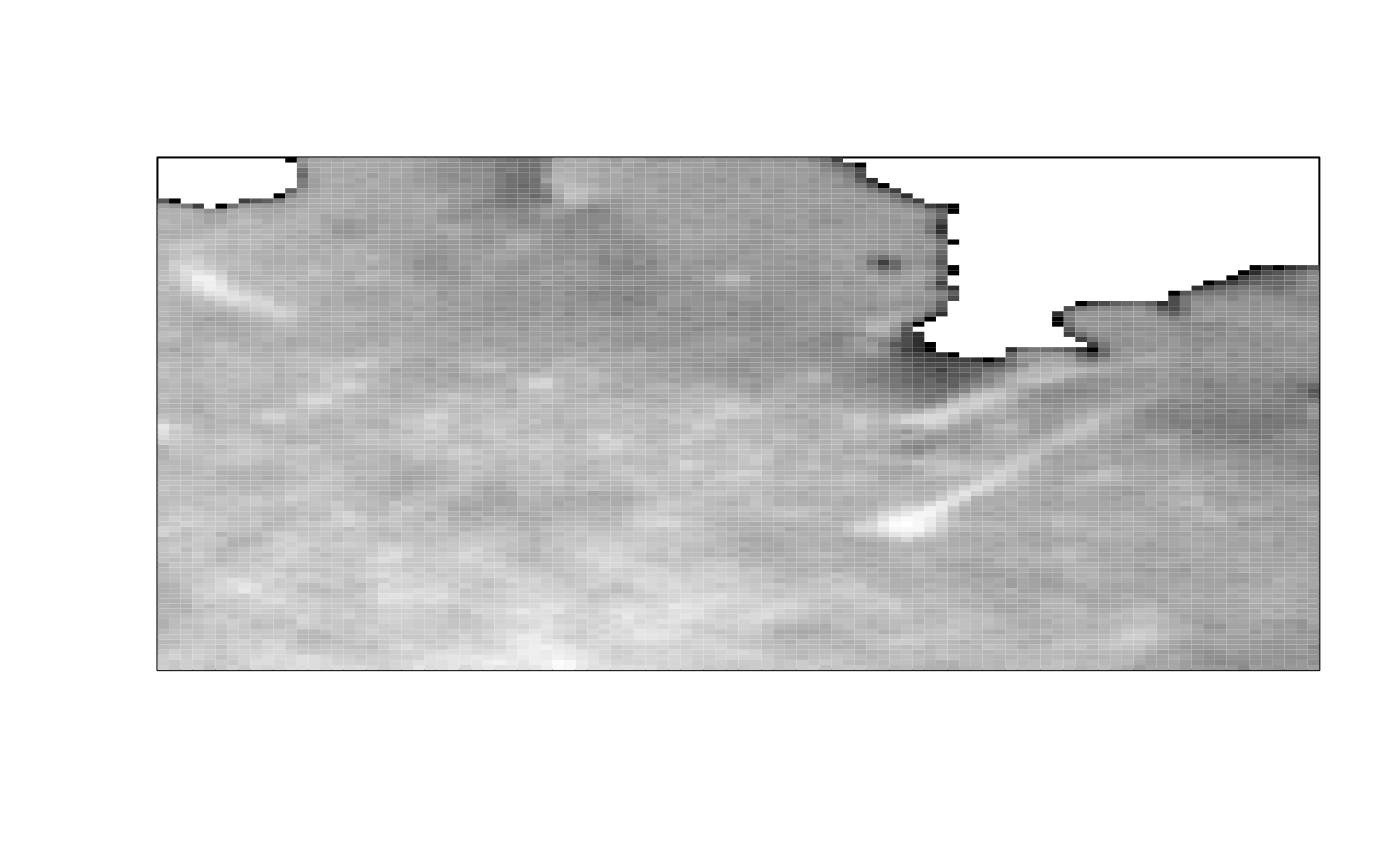These functions apply the ImageJ "Auto Threshold" plugin's image thresholding methods. The available methods are "IJDefault", "Huang", "Huang2", "Intermodes", "IsoData", "Li", "MaxEntropy", "Mean", "MinErrorI", "Minimum", "Moments", "Otsu", "Percentile", "RenyiEntropy", "Shanbhag", "Triangle" and "Yen". Read about them at https://imagej.net/plugins/auto-threshold.
auto_thresh(
int_arr,
method,
ignore_black = FALSE,
ignore_white = FALSE,
ignore_na = FALSE
)
auto_thresh_mask(
int_arr,
method,
ignore_black = FALSE,
ignore_white = FALSE,
ignore_na = FALSE
)
auto_thresh_apply_mask(
int_arr,
method,
fail = NA,
ignore_black = FALSE,
ignore_white = FALSE,
ignore_na = FALSE
)
mask(
int_arr,
method,
ignore_black = FALSE,
ignore_white = FALSE,
ignore_na = FALSE
)
apply_mask(
int_arr,
method,
fail = NA,
ignore_black = FALSE,
ignore_white = FALSE,
ignore_na = FALSE
)Arguments
- int_arr
An array (or vector) of non-negative integers.
- method
The name of the thresholding method you wish to use. The available methods are
"IJDefault","Huang","Huang2","Intermodes","IsoData","Li","MaxEntropy","Mean","MinErrorI","Minimum","Moments","Otsu","Percentile","RenyiEntropy","Shanbhag","Triangle"and"Yen". Partial matching is performed i.e.method = "h"is enough to get you"Huang"andmethod = "in"is enough to get you"Intermodes". To perform manual thresholding (where you set the threshold yourself), supply the threshold here as a number e.g.method = 3; so note that this would not select the third method in the above list of methods.- ignore_black
Ignore black pixels/elements (zeros) when performing the thresholding?
- ignore_white
Ignore white pixels when performing the thresholding? If set to
TRUE, the function makes a good guess as to what the white (saturated) value would be (see 'Details'). If this is set to a number, all pixels with value greater than or equal to that number are ignored.- ignore_na
This should be
TRUEifNAs inint_arrshould be ignored orFALSEif you want the presence ofNAs inint_arrto throw an error.- fail
When using
auto_thresh_apply_mask(), to what value do you wish to set the pixels which fail to exceed the threshold?fail = 'saturate'sets them to saturated value (see "Details").fail = 'zero'sets them to zero. You can also specify directly here a natural number (must be between0and2^16 - 1) to use.
Value
auto_thresh() returns an object of class th containing the
threshold value. Pixels exceeding this threshold pass the thresholding,
pixels at or below this level fail.
auto_thresh_mask() returns an object of class masked_arr which is a
binarized version of the input, with a value of TRUE at points which
exceed the threshold and FALSE at those which do not.
auto_thresh_apply_mask() returns and object of class threshed_arr which
is the original input masked by the threshold, i.e. all points not
exceeding the threshold are set to a user-defined value (default NA).
mask() is the same as auto_thresh_mask() and apply_mask() is the same
as auto_thresh_apply_mask().
Details
Values greater than or equal to the found threshold pass the thresholding and values less than the threshold fail the thresholding.
For
ignore_white = TRUE, if the maximum value in the array is one of2^8-1,2^12-1,2^16-1or2^32-1, then those max values are ignored. That's because they're the white values in 8, 12, 16 and 32-bit images respectively (and these are the common image bit sizes to work with). This guesswork has to be done becauseRdoes not know how many bits the image was on disk. This guess is very unlikely to be wrong, and if it is, the consequences are negligible anyway. If you're very concerned, then just specify the white value as an integer in thisignore_whiteargument.If you have set
ignore_black = TRUEand/orignore_white = TRUEbut you are still getting error/warning messages telling you to try them, then your chosen method is not working for the given array, so you should try a different method.For a given array, if all values are less than
2^8, saturated value is2^8 - 1, otherwise, if all values are less than2^16, the saturated value is2^16 - 1, otherwise the saturated value is2^32-1.For the
auto_thresh()function, if you passint_arras a data frame with column namesvalueandn, that's the same as passing an integer array havingnentries of eachvalue. For this form ofint_arr,ignore_whiteandignore_blackare irrelevant.
Acknowledgements
Gabriel Landini coded all of these functions in Java. These java functions were then translated to C++.
References
Huang, L-K & Wang, M-J J (1995), "Image thresholding by minimizing the measure of fuzziness", Pattern Recognition 28(1): 41-51
Prewitt, JMS & Mendelsohn, ML (1966), "The analysis of cell images", Annals of the New York Academy of Sciences 128: 1035-1053
Ridler, TW & Calvard, S (1978), "Picture thresholding using an iterative selection method", IEEE Transactions on Systems, Man and Cybernetics 8: 630-632
Li, CH & Lee, CK (1993), "Minimum Cross Entropy Thresholding", Pattern Recognition 26(4): 617-625
Li, CH & Tam, PKS (1998), "An Iterative Algorithm for Minimum Cross Entropy Thresholding", Pattern Recognition Letters 18(8): 771-776
Sezgin, M & Sankur, B (2004), "Survey over Image Thresholding Techniques and Quantitative Performance Evaluation", Journal of Electronic Imaging 13(1): 146-165
Kapur, JN; Sahoo, PK & Wong, ACK (1985), "A New Method for Gray-Level Picture Thresholding Using the Entropy of the Histogram", Graphical Models and Image Processing 29(3): 273-285
Glasbey, CA (1993), "An analysis of histogram-based thresholding algorithms", CVGIP: Graphical Models and Image Processing 55: 532-537
Kittler, J & Illingworth, J (1986), "Minimum error thresholding", Pattern Recognition 19: 41-47
Prewitt, JMS & Mendelsohn, ML (1966), "The analysis of cell images", Annals of the New York Academy of Sciences 128: 1035-1053
Tsai, W (1985), "Moment-preserving thresholding: a new approach", Computer Vision, Graphics, and Image Processing 29: 377-393
Otsu, N (1979), "A threshold selection method from gray-level histograms", IEEE Trans. Sys., Man., Cyber. 9: 62-66, doi:10.1109/TSMC.1979.4310076
Doyle, W (1962), "Operation useful for similarity-invariant pattern recognition", Journal of the Association for Computing Machinery 9: 259-267, doi:10.1145/321119.321123
Kapur, JN; Sahoo, PK & Wong, ACK (1985), "A New Method for Gray-Level Picture Thresholding Using the Entropy of the Histogram", Graphical Models and Image Processing 29(3): 273-285
Shanbhag, Abhijit G. (1994), "Utilization of information measure as a means of image thresholding", Graph. Models Image Process. (Academic Press, Inc.) 56 (5): 414–419, ISSN 1049-9652
Zack GW, Rogers WE, Latt SA (1977), "Automatic measurement of sister chromatid exchange frequency", J. Histochem. Cytochem. 25 (7): 74153, PMID 70454
Yen JC, Chang FJ, Chang S (1995), "A New Criterion for Automatic Multilevel Thresholding", IEEE Trans. on Image Processing 4 (3): 370-378, ISSN 1057-7149, doi:10.1109/83.366472
Sezgin, M & Sankur, B (2004), "Survey over Image Thresholding Techniques and Quantitative Performance Evaluation", Journal of Electronic Imaging 13(1): 146-165
Examples
# \donttest{
img_location <- system.file("extdata", "eg.tif", package = "autothresholdr")
img <- ijtiff::read_tif(img_location)
#> Reading image from /home/runner/work/_temp/Library/autothresholdr/extdata/eg.tif
#> Reading an 8-bit, float image with dimensions 100x100x1x1 (y,x,channel,frame) . . .
auto_thresh(img, "huang")
#> [1] 5
#> attr(,"ignore_black")
#> [1] FALSE
#> attr(,"ignore_white")
#> [1] FALSE
#> attr(,"ignore_na")
#> [1] FALSE
#> attr(,"autothresh_method")
#> [1] "Huang"
#> attr(,"class")
#> [1] "th" "integer"
img_value_count <- magrittr::set_names(as.data.frame(table(img)),
c("value", "n"))
print(head(img_value_count))
#> value n
#> 1 0 875
#> 2 1 106
#> 3 2 37
#> 4 3 39
#> 5 4 23
#> 6 5 27
auto_thresh(img_value_count, "Huang")
#> [1] 5
#> attr(,"ignore_black")
#> [1] FALSE
#> attr(,"ignore_white")
#> [1] FALSE
#> attr(,"ignore_na")
#> [1] FALSE
#> attr(,"autothresh_method")
#> [1] "Huang"
#> attr(,"class")
#> [1] "th" "integer"
auto_thresh(img, "tri")
#> [1] 3
#> attr(,"ignore_black")
#> [1] FALSE
#> attr(,"ignore_white")
#> [1] FALSE
#> attr(,"ignore_na")
#> [1] FALSE
#> attr(,"autothresh_method")
#> [1] "Triangle"
#> attr(,"class")
#> [1] "th" "integer"
auto_thresh(img, "Otsu")
#> [1] 13
#> attr(,"ignore_black")
#> [1] FALSE
#> attr(,"ignore_white")
#> [1] FALSE
#> attr(,"ignore_na")
#> [1] FALSE
#> attr(,"autothresh_method")
#> [1] "Otsu"
#> attr(,"class")
#> [1] "th" "integer"
auto_thresh(img, 9)
#> [1] 9
#> attr(,"ignore_black")
#> [1] NA
#> attr(,"ignore_white")
#> [1] NA
#> attr(,"ignore_na")
#> [1] NA
#> attr(,"autothresh_method")
#> [1] NA
#> attr(,"class")
#> [1] "th" "numeric"
mask <- auto_thresh_mask(img, "huang")
ijtiff::display(mask[, , 1, 1])
 masked <- auto_thresh_apply_mask(img, "huang")
ijtiff::display(masked[, , 1, 1])
masked <- auto_thresh_apply_mask(img, "huang")
ijtiff::display(masked[, , 1, 1])
 masked <- auto_thresh_apply_mask(img, 25)
ijtiff::display(masked[, , 1, 1])
masked <- auto_thresh_apply_mask(img, 25)
ijtiff::display(masked[, , 1, 1])
 # }
# }